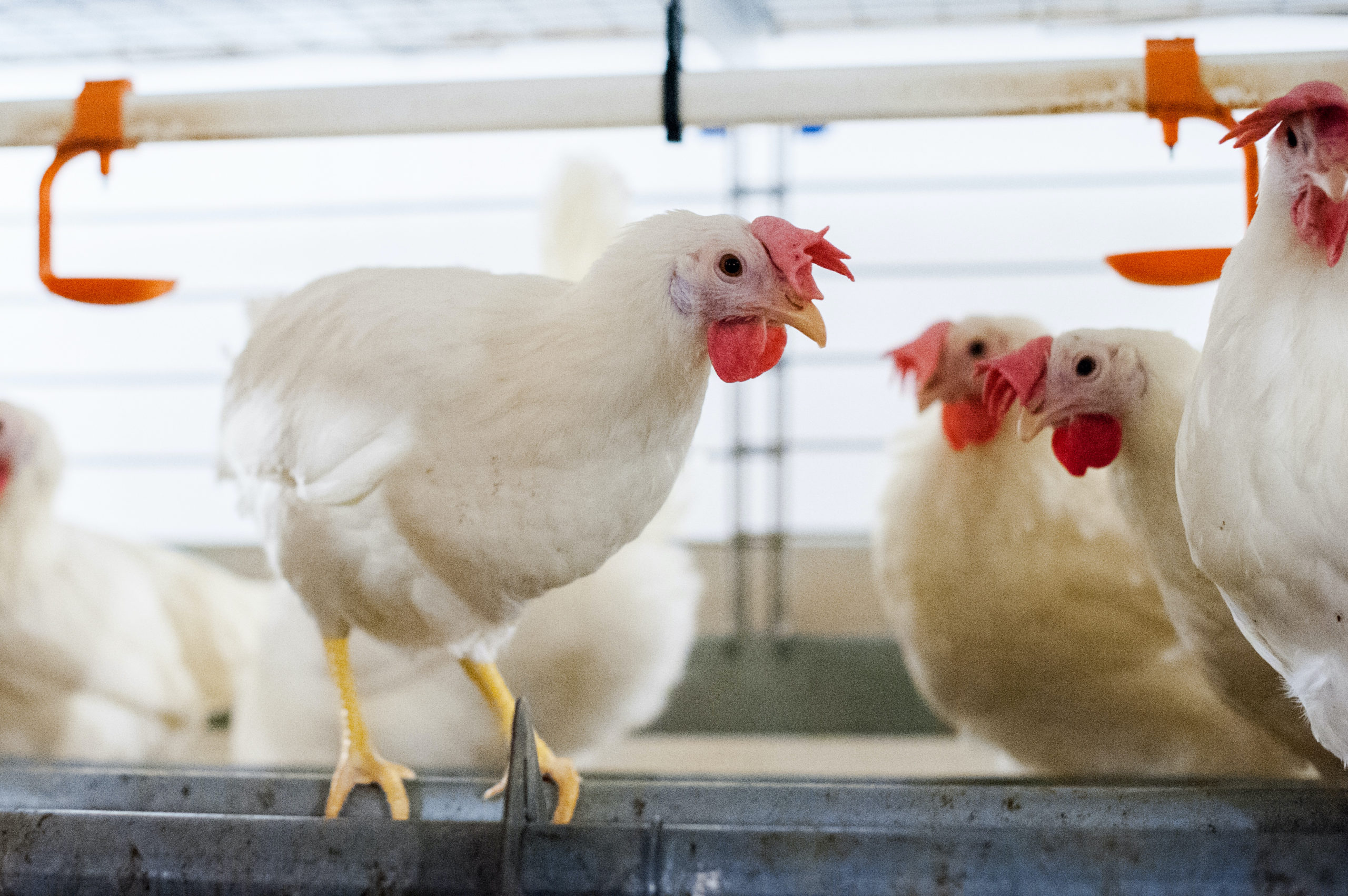
Laying hens are housed in a variety of ways in Canada. Every housing system is designed to provide a clean environment, fresh food and water, and protection from predators. Additionally, indoor housing systems provide consistent temperature, humidity, and lighting.
This type of housing provides hens with small group settings that enable all birds to have equal access to fresh food and water. This type of housing maximizes food safety. Conventional housing has been the egg industry’s standard hen housing system for decades. As of 2013, the Nova Scotia egg industry has begun to transition away from conventional housing systems.
Furnished -or enriched- housing provides more space (both floor space and height) than conventional housing providing hens greater freedom. Furnished housing also includes a variety of enrichments, which allows the hens to express more natural behaviours. Enrichments include nesting boxes, perches, scratch pads and dust baths.
This type of housing allows hens to roam freely within an enclosed barn. Hens are able to perch, scratch and lay their eggs in nesting boxes.
This type of housing allows the hen to roam freely within an enclosed barn. Aviary housing also provides a multi-tiered system of enrichments for the hens, including nesting boxes and perches.

This type of housing allows hens to roam freely within an enclosed barn but also provides hens with access to the outdoors and outdoor vegetation; weather permitting. Hens are able to perch, nest, dust bathe, scratch and forage.